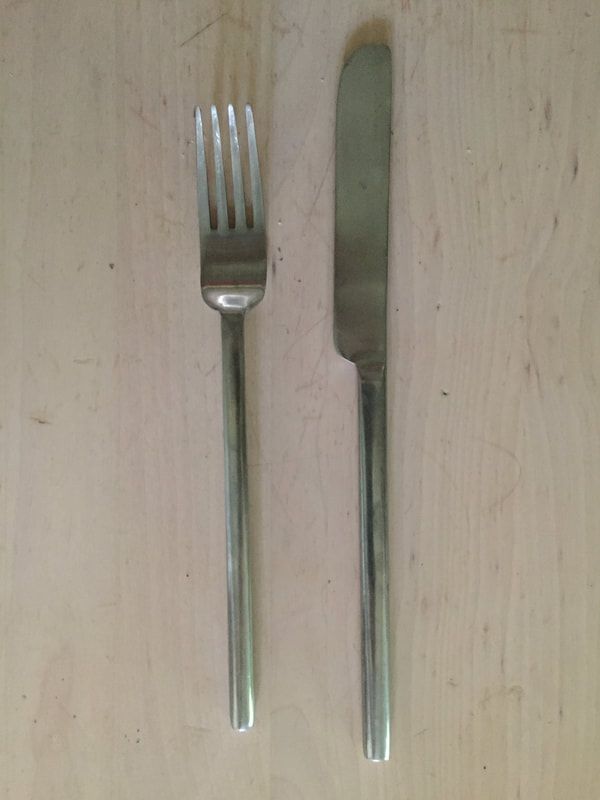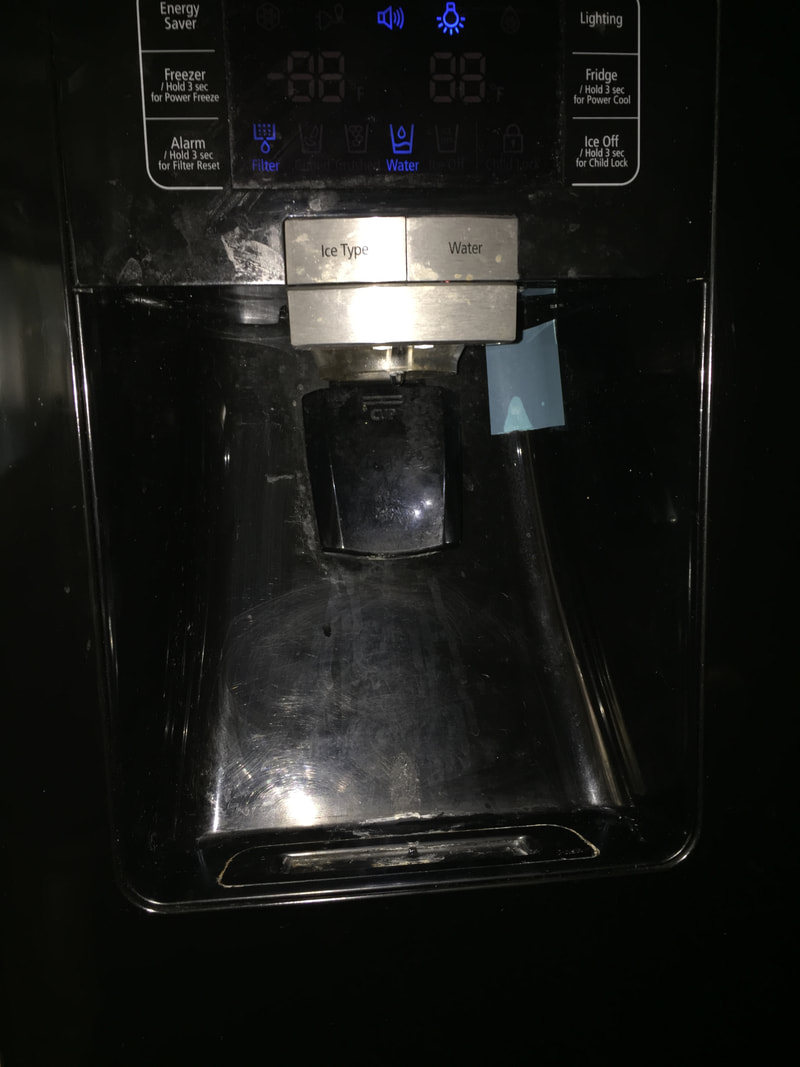|
Who made this &*%$#@?
How often do we scream this? I do, every time water dribbles on my feet from the dispenser on our refrigerator. I do, every time one of our imbalanced knives or forks goes clattering to the floor. I do, every time I have trouble with coding or design on my not-totally-smart-phone. Fortunately, I have found the perfect tool for one of those problems. Hint: you probably have a dozen under your desk. First: the refrigerator. (I sometimes say “icebox” to annoy my wife.) Fairly new, and functional, except for the cheap pieces of plastic in all recent household appliances, designed to break after the warranty runs out. The main problem is the gadget that dispenses ice (crushed or cubed) or water (allegedly cleansed by a pricey little filter.) To get water or ice, you push in a curved bar with a glass; the H2O comes out of the innards; when you have enough, you take the glass away – and another few seconds’ of water, solid or liquid, falls to the floor. Infuriating. No adjustment or fast hands can solve the problem. My theory is that the people who built this device never, ever, tested it. Just built it. Out of innate politeness, I will avoid mentioning the maker. Let me just say: Kamsahamnida. * * * Then there is our dinnerware, sleek and silvery, only used when we need a full set. So pretty to look at. But the tines do not hold much, and when you lay the knife or fork down, the handle is so top-heavy that it performs a one-and-a-half gainer onto the tablecloth and thence to the floor, with rice, salad or fish splattering on the rug. They never tested the thing. Just built it. Out of innate politeness, I will avoid mentioning the maker. Let me just say: the imprint on the silverware reveals the country where it was made. Hsieh-Hsieh * * * Then there is my smartphone. I’ve only had it a few years – resisted a long time, but now I am hooked. Check for emails every 60 seconds. It works pretty well, but the other day I could not fit the charger into the rectangular slot. My wife’s charger did not fit, either. Oh, great, I thought, those blankety-blankers will tell me I need a new super-duper 12A phone, or whatever series they are up to. This is a costly little malfunction. Then I had a thought. Nature’s wonder tool. Should be hawked on late-night TV. The humble paper clip. Good for what ails you. Cures the common cold. I opened one segment of the paper clip and inserted it into the slot where the charger no longer fit. I wiggled it gently. And out tumbled a pound or two of what we New Yorkers call schmutz -- detritus from my pocket, my desk, my yard, my jogging shorts. The charger now fit. * * * I don’t think the paper clip will help fix the spattering water dispenser or clattering silverware. I have given it a permanent place of honor on my desk.
Brian Savin
7/22/2017 07:53:25 pm
This piece is darn clever (laced with some obvious genuine pain) on many levels and very enjoyable! I'll read it again tomorrow, before I open the Sunday Times, to ensure at least one giggle for the day.
George
7/23/2017 08:29:15 am
Brian: thanks. It's true. Programmers tailor spellcheck to mess with our minds. Mischievous techies. GV
Brian Savin
7/23/2017 07:55:50 pm
😋!!!! (Someday I'll get get you for being so clever!)
Brian Savin
7/23/2017 07:58:10 pm
See? It did it to me again!
Mendel
7/24/2017 01:46:13 am
George,
Ed Martin
7/25/2017 05:10:18 pm
Peggy suggests you drag your table over to the "icebox" (she grumbles when I use that term, also). That way you could clean the silverware under the dripping.
bruce
7/27/2017 11:16:52 am
george,
George Vecsey
7/27/2017 01:27:22 pm
Bruce: what's first world? My wife is in regular email contact with a very idealistic social worker she met in India, who is now working in a rural area there.I get emails from Japan,Rio, Mexico, Europe,Vietnam....
bruce
7/27/2017 01:49:25 pm
george, 8/14/2017 02:24:41 pm
George, the open paper clip is a staple in my woodworker's array of tools. It can either remove wet clue from tight spaces or be used as a spacer to set small openings. Comments are closed.
|
Categories
All
|












